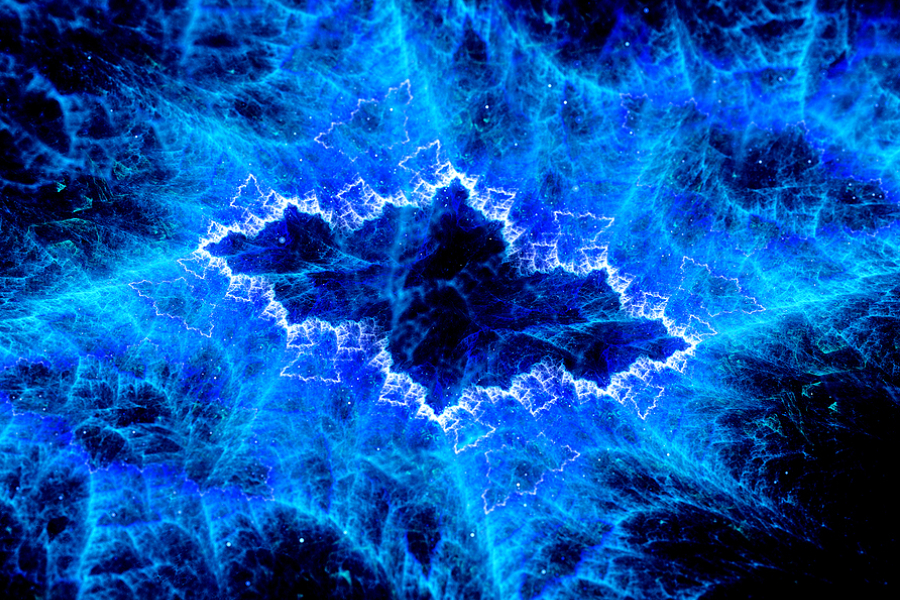The Strange World Of Antimatter: What Is It & Where Is It?

Antimatter is one of the most fascinating and enigmatic substances in the universe. First predicted by physicist Paul Dirac in 1928, antimatter has intrigued scientists for decades due to its peculiar properties and potential applications. Despite its name and media portrayal often suggesting something out of science fiction, antimatter is a real and integral part of modern physics.
Understanding what antimatter is, its origins, and its current status in scientific research can illuminate why it remains a hot topic in the world of physics.
What is antimatter?
At its core, antimatter is the counterpart to matter. Just as matter is composed of particles like protons, neutrons, and electrons, antimatter is made up of antiparticles: antiprotons, antineutrons, and positrons. These antiparticles are identical to their matter counterparts in mass but have opposite electrical charges. For instance, a positron is the antimatter equivalent of an electron, carrying a positive charge instead of a negative one.
When matter and antimatter come into contact, they annihilate each other in a burst of energy. This process releases energy according to Einstein’s famous equation, E = mc2 , where a small amount of mass converts into a significant amount of energy. This property has fueled both scientific speculation and practical research, with potential applications ranging from medical imaging to advanced propulsion systems.
The origins of antimatter
The existence of antimatter was first suggested through theoretical work. Paul Dirac’s equations, which sought to marry quantum mechanics with special relativity, implied the existence of particles identical to electrons but with opposite charges. This theoretical prediction was confirmed in 1932 when Carl Anderson discovered the positron while studying cosmic rays.
The origins of antimatter trace back to the Big Bang, where equal amounts of matter and antimatter were created. However, today’s observable universe is overwhelmingly composed of matter, with very little antimatter. This imbalance is one of the biggest unsolved mysteries in cosmology. Various theories, including CP violation (where the laws of physics apply differently to matter and antimatter), attempt to explain this discrepancy, but a definitive answer remains elusive.
Where is antimatter found?
Naturally occurring antimatter is rare in the universe, primarily found in cosmic rays and certain types of radioactive decay. Scientists can also create antimatter in particle accelerators, such as those at CERN. These facilities collide particles at high speeds, generating enough energy to produce antiparticles. Despite these efforts, the production of antimatter is extremely costly and inefficient, making large-scale generation impractical with current technology.
In the cosmos, antimatter might exist in more significant quantities in certain regions, like the centre of our galaxy. Observations from space telescopes have detected gamma rays that could indicate the presence of antimatter annihilations, though this evidence is not conclusive.
The practical applications of Antimatter
Despite its scarcity, antimatter has practical applications, particularly in the field of medicine. Positron Emission Tomography (PET) scans use positrons to detect diseases, providing high-resolution images of metabolic processes in the body. In research, antimatter helps physicists test fundamental symmetries in nature and the limits of the Standard Model of particle physics.
In the realm of theoretical applications, antimatter is considered for use in advanced propulsion systems. A matter-antimatter engine could, in theory, provide a highly efficient propulsion method for space travel due to the enormous energy released during annihilation. However, the current technological limitations make this a distant prospect.
The future of antimatter research
The future of antimatter research is promising yet challenging. Advances in particle physics and technology may eventually overcome the barriers to efficient antimatter production and storage. Future experiments, like those at the Large Hadron Collider, aim to shed light on the matter-antimatter asymmetry and explore new physics beyond the Standard Model.
Understanding and harnessing antimatter could revolutionise technology and provide answers to fundamental questions about the universe's nature. However, this requires not only cutting-edge research but also a strong educational foundation in physics to inspire the next generation of scientists.
Conclusion
The strange world of antimatter continues to captivate scientists and the public alike. When you look up at the night sky, the mysteries of the cosmos spark curiosity and wonder, much like the enigmatic nature of antimatter. From its theoretical prediction to its practical applications, antimatter represents both the mysteries and the potential of modern physics.
For students interested in exploring these fascinating concepts, a solid grasp of physics principles is essential. This is where JC Physics tuition and Physics tuition in Singapore come into play, providing students with the knowledge and skills needed to delve into such advanced topics. With the right guidance, students can embark on their own journeys into the strange and exciting world of antimatter, contributing to the scientific breakthroughs of tomorrow.